The Corporate Human Rights Benchmark (CHRB) aims to measure the human rights performance of the world’s 500 largest publicly listed companies. Nearly three years in the making, the CHRB is in a critical phase of its evolution.
All of the organisations involved in CHRB are working towards issuing the pilot CHRB rankings of the top 100 companies across three industries in March 2017. So now is a good time to reflect on why the CHRB was started and to look at where it is going.
Why a Benchmark?
We should begin by noting that the world is arguably more divided than it has been in recent memory, with many real and perceived divisions within our own societies. There is hardly any country where the gap between the richest 1% and the remaining 99% is narrowing. Many millions of people have been lifted out of abject poverty through global development over recent decades. Yet large percentages of our populations have still not benefited from greater global integration and international trade. The UN Sustainable Development Goals recognise this when they aim to leave “no one behind”. Inequality (and perceptions of inequality) threaten us all.
An initiative like CHRB clearly cannot claim to take on such a huge challenge. However, big business is one of the least trusted institutions according to public surveys, with significant influence over how the global economy works. It therefore stands to reason that efforts to benchmark corporate social performance against internationally agreed standards is an important contribution to creating a more balanced and equitable global marketplace.
In many ways, we are trying to show – as “stranded assets” did for climate change – that poor human rights performance is a material risk for any company and needs to appear on balance sheets as such.
Investors are the primary target audience for the CHRB pilot. Just over 100 companies have been selected for the pilot from three business industries known to have significant human rights impacts: extractives, apparel and agriculture (including supermarkets). It is no co-incidence that the CHRB Steering Committee, of which IHRB is a member, is chaired by an investor (Steve Waygood, Chief Responsible Investment Officer from Aviva Investors) and four of the eight members of the Committee are also investors. In many ways, we are trying to show – as “stranded assets” did for climate change – that poor human rights performance is a material risk for any company and needs to appear on balance sheets as such. Conversely, good human rights performance might be termed as a key part of a strong social licence and should reduce the cost of capital for companies.
If the CHRB is successful in demonstrating that human rights performance can be measured, and that companies can be ranked against each other within their industries and also across the whole global economy, then the work will move forward far beyond 2017.
Learning Lessons
It will take another 2-3 years to learn from the pilot and move on and measure and rank all 500 companies. Before we know if CHRB can be an effective and permanent driver of global business behaviour, we will need to observe how the pilot operates in the marketplace.
As those associated with CHRB have said on many occasions, our work is not about developing a new reporting requirement. Companies are assessed whether or not they report on their human rights performance and the assessments of others, be they civil society organisations or the media, are also weighed in the balance. Given the lack of objective assessments in existence at the moment, it is not the number of “potential allegations” that will be held against any company, but much more how they are responding to potentially adverse impacts and whether adequate steps have been taken to prevent future abuses and remedy those that have occurred. Added to this is the challenge that a lot of “preventative indicators” can be more about process than impact: it is very hard to measure a negative human rights impact that does not occur.
Added to this is the challenge that a lot of “preventative indicators” can be more about process than impact: it is very hard to measure a negative human rights impact that does not occur.
But these methodological challenges lie at the heart of the “know and show” approach to knowledge and transparency upon which the UN Guiding Principles on Business and Human Rights are based. As with legislation, striking the right balance between incentivising a prevention mind set and holding companies to account when abuses occur is one of the most sensitive of all dynamics.
We know that even good companies will sometimes cause, contribute or be directly linked to adverse human rights impacts. So how much reward should be given to effective corporate due diligence when it has proven ineffective in a particular situation? Reward the company too much for taking all reasonable steps and you are potentially incentivising a ‘job done’ mentality. Reward the company too little and then you are disincentivising due diligence itself.
Where We’re Headed
Then, more work lies ahead: the assessments will need to be ongoing, with refreshed rankings being generated annually in order to reflect changes in the real world and the rising performance of some companies.
Not all the top 500 companies are consumer facing, so if government and business to business purchasing behaviour are also leveraged then there are potential rewards for all kinds of companies.
Once the benchmark is firmly established, the aim is to move beyond investors as the primary audience. Governments themselves are economic actors, with public procurement representing at least 20% of GDP in most countries. Surely they too could use the benchmark when validating the performance of their major suppliers. Consumers also need an objective tool in order to reward high performing companies and to avoid the poor performers. Not all the top 500 companies are consumer facing, so if government and business to business purchasing behaviour are also leveraged then there are potential rewards for all kinds of companies.
Next week at the United Nations Annual Forum on Business and Human Rights in Geneva, Mark Wilson (the CEO of Aviva) will set out the opportunities and challenges for major investors in rewarding social performance and why Aviva sees CHRB as a key part of this journey. We look forward to joining the discussion.

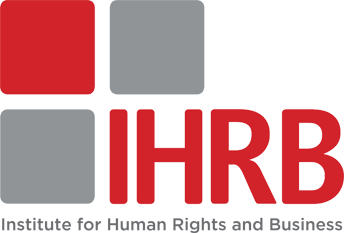
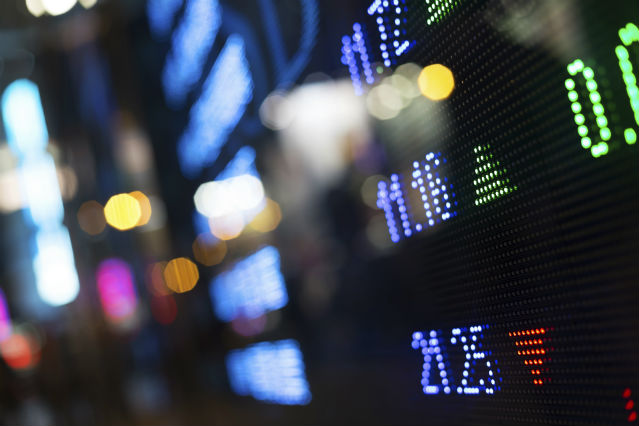






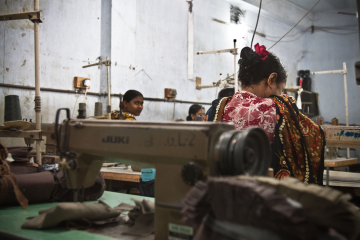

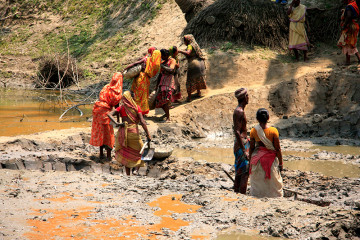

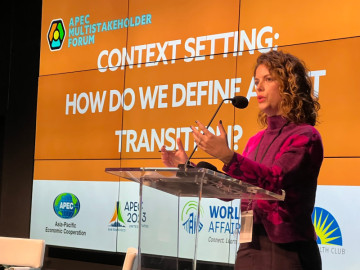
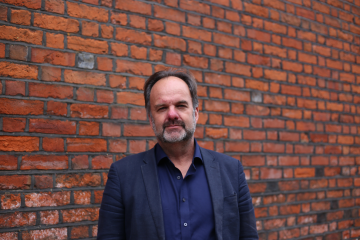





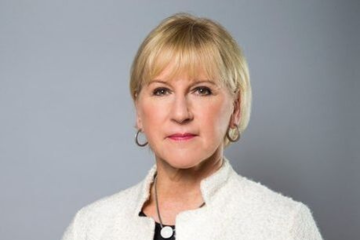
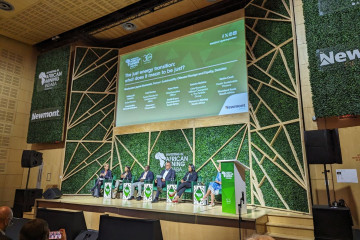
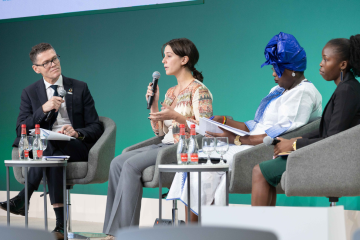

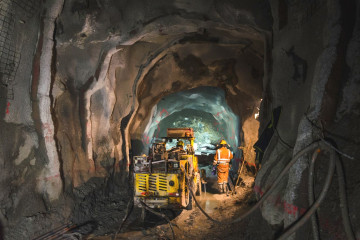



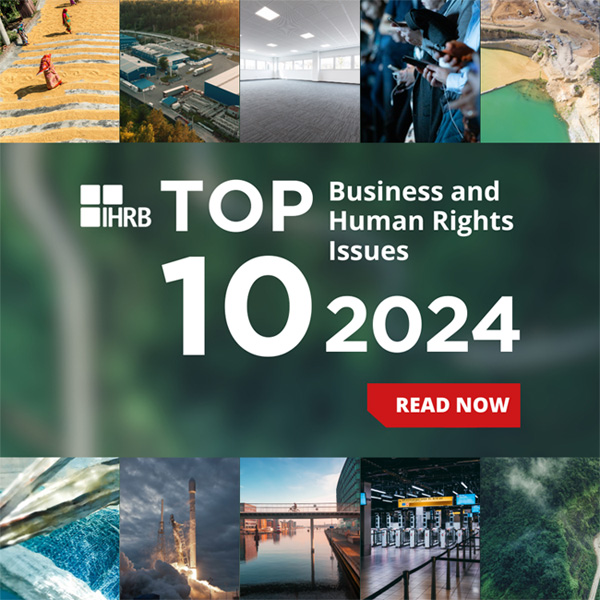
How should businesses respond to an age of conflict and uncertainty?
As 2024 began, European Commission President Ursula von der Leyen aptly summed up our deeply worrying collective moment. As she put it, speaking at the annual World Economic Forum in Switzerland, we are moving through “an era of conflict and...
26 March 2024 | Commentary
Commentary by Scott Jerbi, Senior Advisor, Policy & Outreach, IHRB